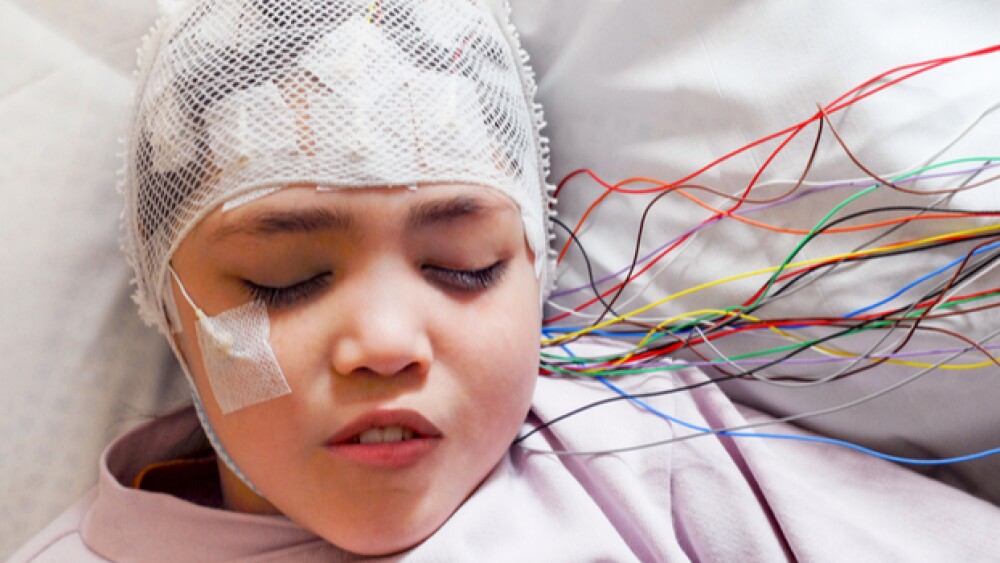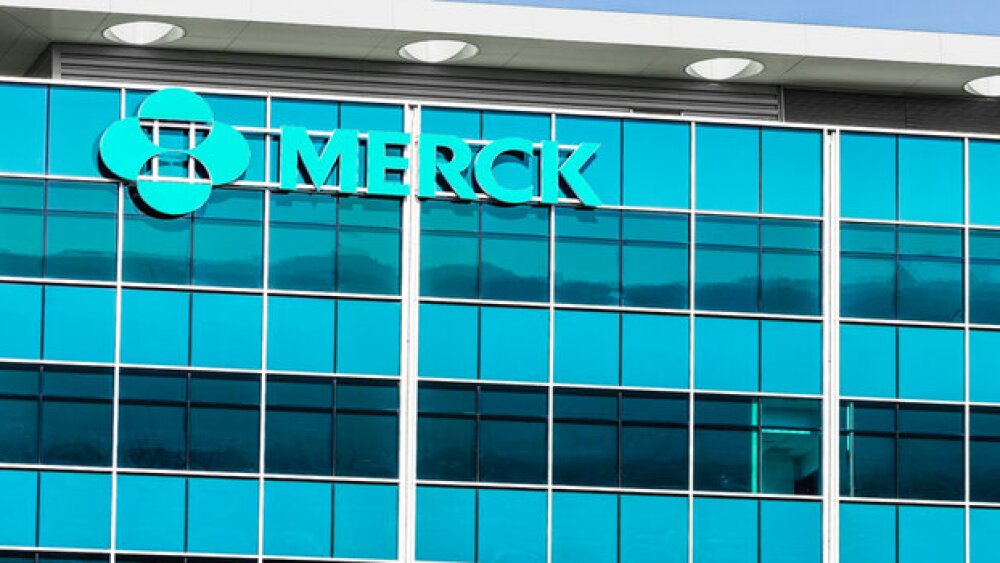The novelty of this technique lies in the capture of an intermediate state during the conversion of glial cells into neurons.
Temporal Lobe Epilepsy (TLE) is the most common form of focal (partial) epilepsy. This form of the disease is often also resistant to anti-epileptic drugs, and many patients are left with no choice but to undergo potentially risky surgical resection of the diseased hippocampus.
There is no defined cause, though fits of temporal lobe epileptic seizures may be due to previous, prolonged febrile seizures involving the temporal lobes of the brain, previous history of brain trauma, stroke, infection (meningococcus) or a past injury (childhood). Patients suffering from refractory TLE experience loss of hippocampal interneurons and abnormal proliferation of glial cells. This causes a sudden increase in neural network activity and seizures.
Surgery presents multiple potential risks which can cause severe complications and affect patients’ quality of life. Treating refractory TLE with minimal damage and improved quality of life once looked like a distant dream.
However, a recent study published in the journal Progress in Neurobiology seems to have brought some hope for these patients. A team of neuroscientists led by Professor Gong Chen of Jinan University has come up with new technology to convert hippocampal astrocytes (crucial glial cells of the nervous system) directly into inhibitory interneurons. In the study, which used rat models, the approach helped to reduce the number and severity of epileptic seizures.
The technique is a neuroregenerative, gene therapy mediated cell therapy, wherein an adenovirus vector is used to overexpress and deliver the transcription factor NeuroD1, specifically to the hippocampal astrocytes. This causes the astrocytes to downregulate glial expression and upregulate the neuronal gene expression, resulting in the effective conversion of astrocytes to neurons.
The novelty of this technique lies in the capture of an intermediate state during the conversion of glial cells into neurons. The cells in such an intermediate state show properties of both glial cells (GFAP+ or Sox9+) and neurons (NeuN+) and only occur during the early conversion stage. These intermediate cells with dual glial and neuronal markers (GFAP+NeuN+ and Sox9+NeuN+) do not exist in normal brains, thus proving the conversion of glia-to-neurons under the action of NeuroD1.
“This is the first time we apply neuroregenerative gene therapy to treat epilepsy and achieved success in animal models,” said Chen, who is also the scientific founder of NeuExcell Therapeutics Group. “…we discovered that cell conversion is highly dependent on NeuroD1 expression level as well as brain regions and animal disease models. For example, strong NeuroD1 expression in cortical astrocytes of stroke mice regenerates excitatory glutamatergic neurons, whereas weak NeuroD1 expression in hippocampal astrocytes of TLE rats regenerates inhibitory GABAergic neurons (although hippocampus has abundant excitatory neurons).”
Chen highlighted the potential impact of this work in future clinical applications using neuroregenerative gene therapy to treat different neurological disorders. The team has previously published a series of research articles demonstrating effective brain repair in both ischemic stroke and Huntington’s disease animal models.
“Different from traditional anti-epileptic drugs or surgery treatment, neuroregenerative gene therapy directly regenerates new neurons in the epileptic region to restore the balance between excitation and inhibition in neural networks,” noted co-corresponding author Jiandong Yu, an associate professor at Jinan University. “This novel technology may lead to a new path toward an effective treatment of drug-resistant epilepsy.”





